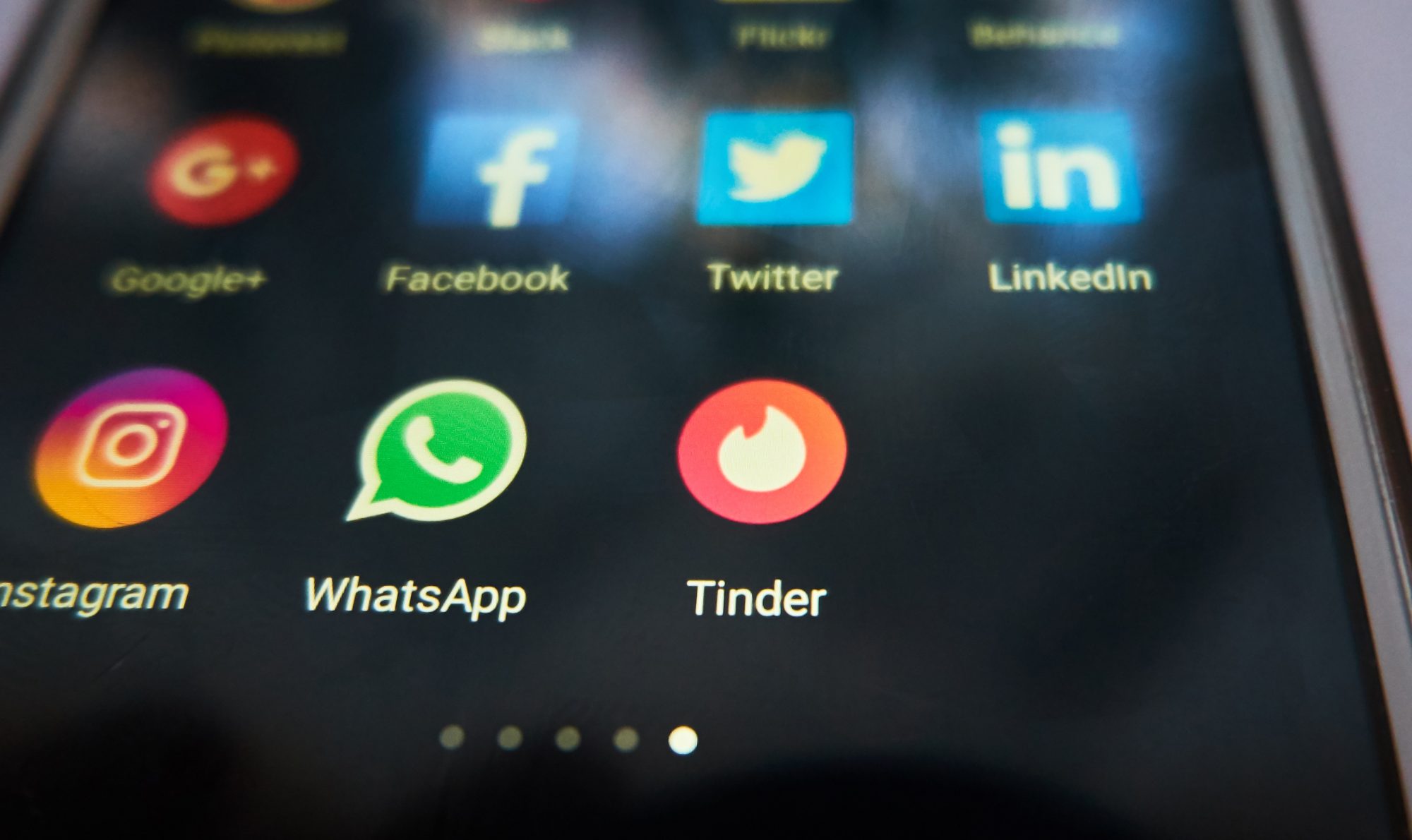We push aside petrol-station flowers and small talk to discuss recent developments on the science of romantic relationships
Oxytocin is commonly associated with familial, platonic and romantic attachment, as an amplifying factor that increases the sense of connection felt by an individual. Colloquially, it’s referred to as the love hormone, growing ‘love’ itself between two people.
It’s sentimentally thought of as happiness itself, and several drugs reproducing the effect have been banned after disastrous levels of addiction.
Think addiction to the little blue ‘oxys’ as seen in The Wolf of Wall Street, and you can imagine the same power of the naturally-occurring drug applied to decide how your relationships will turn out.
Oxytocin in unbalanced relationships
Nicholas M.Grebe’s research explored the presence of oxytocin in vulnerable romantic relationships.
Trond Viggo Grøntvedt, PhD, from Grebe’s Department of Psychology, describes the task:
“Participants in the study were asked to think about their partner and how they wish their partner would connect with them in the relationship.”
Two studies were conducted by Grebe on romantic attachments, suggesting that a new understanding of oxytocin should focus on relationship vulnerability – as opposed to relationship strength or longevity. Grebe’s research indicates that scientists should interrogate the dark, vulnerable and strange prospects of attachment in romantic relationships, and how oxytocin production works alongside that.
In one sample, 75 couples were asked to write out their thoughts about their partner, and the production of oxytocin in the brain positively correlated to an increase in relationship involvement: so the more nice thoughts and hopes you have for your partner, the more oxytocin is created in the brain.
But Grebe’s findings also suggest something unusual. It was observed that when the relationship involvement is lower from one partner, the other partner with a more intense involvement starts producing even more oxytocin.
The ‘love hormone’ is being created in the absence of love, as if to fix the imbalance.
Andreas Aarseth Kristoffersen, a research assistant in NTNU’s Department of psychology, said:
“When people notice that their partner is showing less interest in their relationship than they are, the level of this relationship-building hormone increases.”
Nick Grebe, the lead author of the study, also commented:
“Yes, oxytocin relates to one’s feelings of involvement — but, this association is particularly strong when one feels more involved than their partner.”
Essentially, the oxytocin hormone has now proven itself to be more than just produced alongside the good times – it activates during the bad times to attempt to fight your corner for you and re-secure your relationship.
The ‘love hormone’ is being created in the absence of love, as if to fix the imbalance.
It functions as if to bring back the partner by showering them with a lot of visible happiness and attachment, which should theoretically remind the one who is less interested about what they could be missing out on.
The hormone appears to know on some molecular level that humans just want to belong.
If you’ve ever felt like someone was slipping away from you and felt a wave of nostalgic love, an intensity in the need to re-connect: the production of oxytocin may even be why.
Uncertainty and sex appeal
In contrast, Gurit E. Birnbaum’s research at the University of Rochester proposes that uncertainty in a potential partner destroys the urge to connect with them, by diminishing their sexual appeal. Birnbaum did not observe any retaliatory measures in oxytocin production as seen by Grebe.
This study focused on online romance, a modern phenomenon captured by platforms like Tinder and Instagram, in which two strangers can foster a close, intimate relationship without ever meeting.

Yet the researchers found that in established couples, the established sexual appeal for both partners was not disrupted by vague communication about interest, as the underlying assumption in the relationship is the presence of romantic intent.
in established couples, the established sexual appeal for both partners was not disrupted by vague communication
The study further revealed that a certain expression of interest enabled the relationship to be sexually appealing, whilst uncertainty (not outright rejection but vagueness) was the key element to killing the spark between two people talking online.
It seems that people who date via online platforms want to see a sign from the beginning that there’s something really, truly going on. It is easy to allude to something, but in the long run it appears that playing coy forever is not a good online dating strategy.
Maybe the cooling barrier of the internet in a thing as fragile as a new romantic attachment is a factor to be aware of, as the previously mentioned Grebe research was conducted in real-world parameters, with established relationships which relied heavily on eye contact for the production of Oxytocin.
What does this mean for the future of dating, even for the present dating landscape?
Birnbaum commented at the end of the study:
“These findings suggest that inhibiting desire serves as a mechanism aimed at protecting the self from investing in a relationship whose future is uncertain.”
So it seems that this kind of instant turn-off felt by those who receive non-committal replies protects both people from engaging in a relationship that doesn’t appear to have set outcome.
Infidelity in a new relationship
In another scientific exploration of newly formed romantic relationships, Frank D. Fincham explores the phenomenon of infidelity in romantic relationships. Fincham found that 2-4% of spouses reported having sex with a secondary partner in the first 12 months of a new relationship.
2-4% of spouses reported having sex with a secondary partner in the first 12 months
The study also found that men and women engage in infidelity at similar rates currently, with a seasonal variation in frequency of cheating that peaks during the summer months.
It appears that the gender gap is closing in the statistics of who is cheating on their partners. So there should be no gender stereotypes when worrying about who is sleeping with who: 2-4% of all humans are scientifically capable of the same violations, and appear to be the most capable during the summertime.
Whilst infidelity has been increased by the instant availability of multiple partners via dating apps, the individual has a choice and must focus on leaving or improving their current relationship. Communication between partners remains key to improving a relationship via the production of oxytocin, as seen in Grebe’s study.
men and women engage in infidelity at similar rates
No love between people can grow and survive in a healthy form without open and honest communication.
Needless to say, infidelity was also found to be the leading cause of divorce by Fincham.
The intelligence of a couple
Whilst infidelity is a common work of illusion, with one partner creating a false narrative, another more light-hearted illusion created between partners is of intelligence.
Gilles E. Gignac’s research on the estimation of romantic partner intelligence found that men and women overestimate the IQ of their partners by 7 IQ points more than they overestimate their own intelligence.
However, the findings show that they did predict their partner’s IQ with some degree of accuracy, and even where there was a difference in IQ: it was not observed to relate to relationship satisfaction in any significant way.
The good news here is that if you and your partner have a differing IQ, it does not foreshadow the way your relationship will turn out – not significantly.
So love who you want to love, and remember that your brain chemistry is rooting for you.











